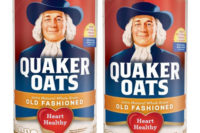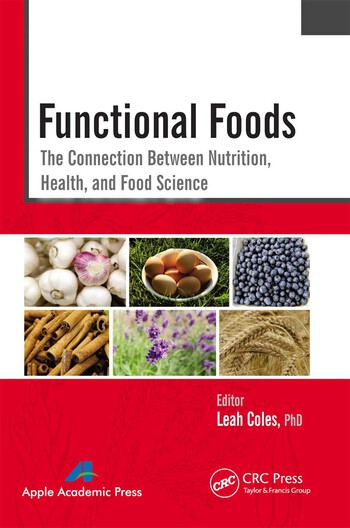Positive Health Benefits of Eating Grain Foods
New research from 2015 Experimental Biology Annual Meeting

The Grain Foods Foundation (GFF) worked with researchers to address grain foods in the overall diet and their associations with health outcomes as a result. They studied grain foods patterns — dialing up or dialing down specific grain food servings and looking at the impacts on overall energy, nutrient intake and diet quality, and cost of nutrients and grains foods' role in providing nutrients per dollar.
Highlights from the research include:
• Based on the cluster analysis, adults who eat yeast breads and rolls have lower total sugar intake when compared to adults who eat no grains.
• From the cluster analysis, adults who eat certain grain food patterns (cereals, pasta, cooked cereals, rice, crackers, salty snacks, pancakes, waffles and quick breads) have less saturated fat and increased dietary fiber intake in their diets.
• Modeling data showed that Americans who follow a 2,000-calorie diet can consume one serving of whole grains and five servings of refined grains (bread, rolls, bagels, tortillas) daily and still see positive health and nutrition end points.
• Cost of nutrients data showed that grain-based foods are a "nutrition bargain" for American consumers — especially within the rolls/buns and rice categories, each ranking in the top five most cost effective food categories for 13–14 of the nutrients/substances evaluated, including dietary fiber, protein, folate, iron, magnesium, calcium, niacin and thiamin.
Learn more...
Looking for a reprint of this article?
From high-res PDFs to custom plaques, order your copy today!








